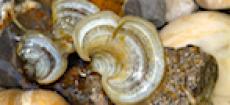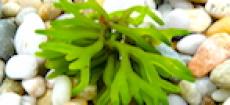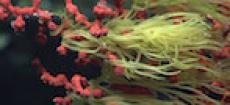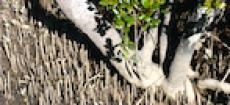This introduction gives an overview of the concepts and activities explored in this unit and describes how these investigations build an understanding of ocean literacy.
Aquatic Plants and Algae
Aquatic plants and algae produce their own food from sunlight and supply much of the planet’s oxygen.
-

-

Aquatic plants and algae are organisms capable of using sunlight to produce their own food.
-

Aquatic plants and algae have a wide range of body forms and structures, ranging from tiny microbes to giant kelp.
-

Algae are commonly divided into groups based on pigment type. The evolution of the chloroplast is closely tied with the taxonomic lineages of the algae.
-

Autotrophs are defined by their ability to produce their own food. Most autotrophs use energy from sunlight to produce food by photosynthesis.
-

Aquatic plants and algae have evolved adaptations that allow them to survive in a wide variety of habitats and conditions.
-

Aquatic plants and algae are able to use energy from the sun to grow and reproduce quickly.
-

Aquatic plants and algae exhibit different behaviors by responding to stimuli.








